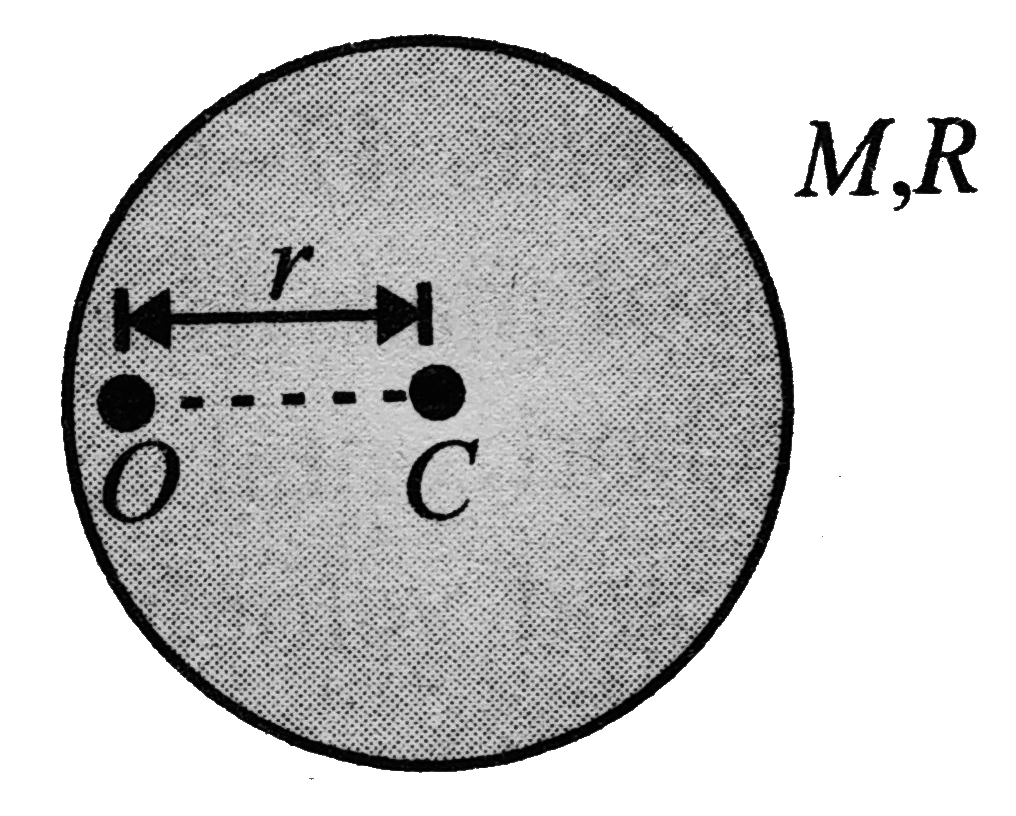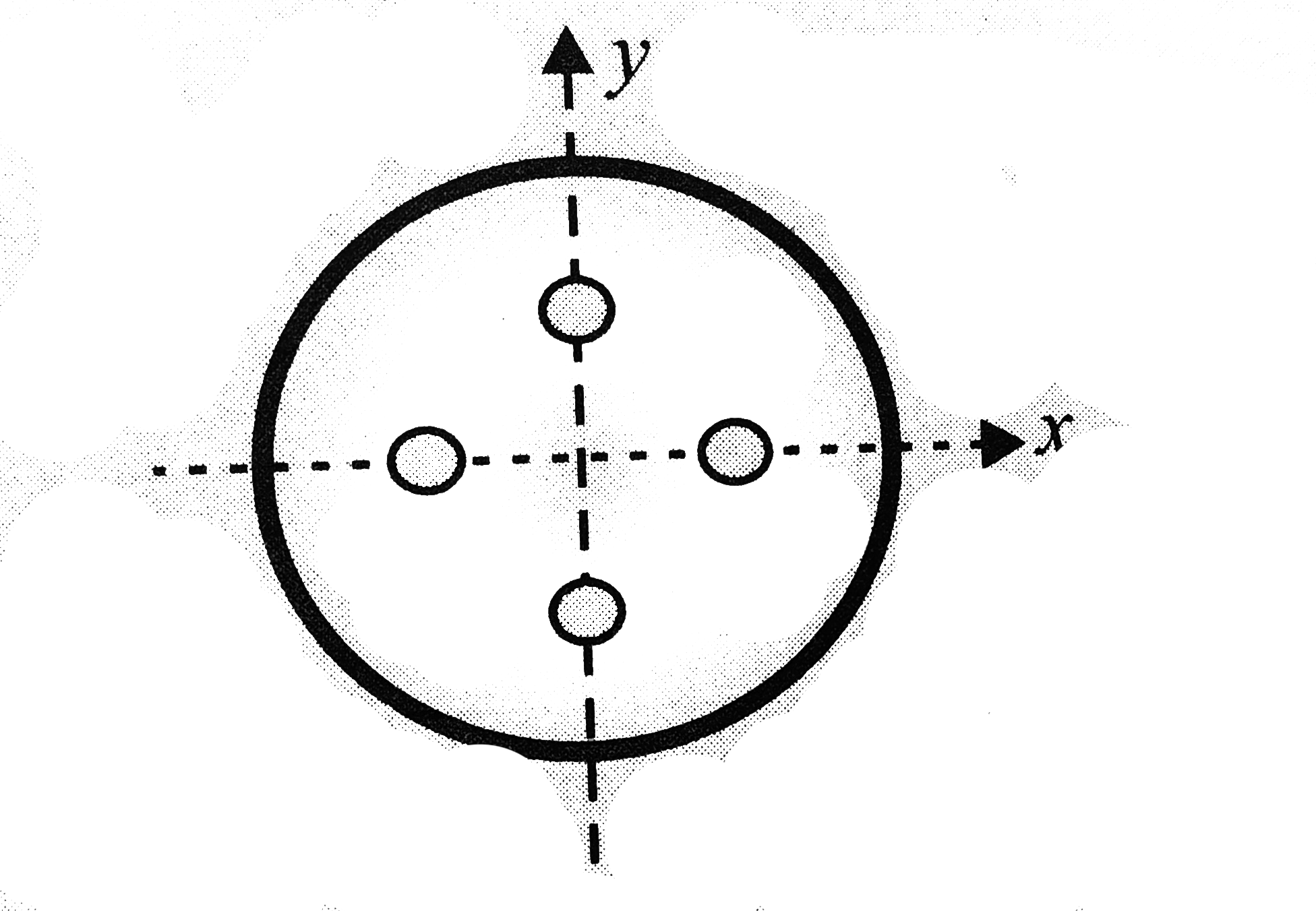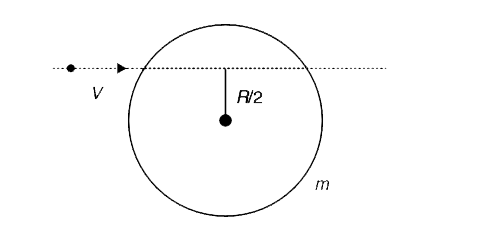A disc of mass 10 g can remain in air, stationary in a horizontal position, if 10 marbles hit the disc per second from below. Each marble has a mass of 5 g. find the velocity with which the marbles hit the disc. Assume that the marbles hit the disc perpendicularly and rebound from the disc perpendicularly as well.
The correct Answer is:0.98 m⋅s−1
Topper's Solved these Questions
- BOOK - CHHAYA PUBLICATIONCHAPTER - NEWTON'S LAWS OF MOTIONEXERCISE - ENTRANCE CORNER5videos
NEWTON'S LAWS OF MOTION
- BOOK - CHHAYA PUBLICATIONCHAPTER - NEWTON'S LAWS OF MOTIONEXERCISE - MULTIPLE CORRECT ANSWERS TYPE2videos
NEWTON'S LAWS OF MOTION
- BOOK - CHHAYA PUBLICATIONCHAPTER - NEWTON'S LAWS OF MOTIONEXERCISE - PROBLEM SET - II26videos
NEWTON'S LAWS OF MOTION
- BOOK - CHHAYA PUBLICATIONCHAPTER - NATURE OF VIBRATIONEXERCISE - EXERCISE (CBSE SCANNER)2videos
NATURE OF VIBRATION
- BOOK - CHHAYA PUBLICATIONCHAPTER - NEWTONIAN GRAVITATION AND PLANETARY MOTIONEXERCISE - CBSE SCANNER19videos
NEWTONIAN GRAVITATION AND PLANETARY MOTION
Similar Questions
A disc of mass 10 g is kept floating horizontally by throwing 10 marbles per second against it from below . If mass of each marble is 5 g Calculate the velocity with which marbles are striking the disc . Assume that marbles strike the disc . Normally and rebound downwards with the same speed.
View SolutionA dise of mass 10 g is kept floating horizontally by throwing 10 marbles per secound against it from below . If mass of each marble is 5 g Calculate the velocity with which marbles are striking the disc . Assume that marbles strike the disc . Normally and rebound downwards with the same speed.
View Solution
Knowledge Check
- Question 1 - Select One
A disc of mass 10g is kept floating horizontally by throwing 10marbles/second against it from below.If the mass of each marble is 5g , the velocity with which marbles are striking the disc (the marbles strike the disc normally and rebound downward with the same speed)
A3m/sB2m/sC1m/sD4m/s in original direction - Question 2 - Select One
A disc of mass m and radius r placed on a routh horizontal surface. A cue of mass m hits the disc at a height h from the axis passing through centre and parallel to the surface. The disc will start pure rolling for.
Ah<r3Bh=r2Ch>r2Dh≥r2 - Question 3 - Select One
A disc of mass M and radius R can rotate freely in a vertical plane about a horizontal axis at O distance r from the centre of the disc as shown in Fig. The disc is released from rest in the shown position. Answer the following questions based on the above information

The angular velocity of the disc in the above described case isA√8gr5{R2+2r2]B√6gr5[R2+2r2]C√12gr5[R2+2r2]D√12gr5R2
A disc of mass 10 gm is kept horizontally in air by firing bullets of mass 5 g each at the rate of 10/s. If the bullets rebound with same speed. The velocity with which the bullets are fired is -
View SolutionA disc of mass 100 g is rolling without slipping on a horizontal surface with a velocity of 10cms−1. Calculate its total energy.
View SolutionA uniform disc of mass m and radius R has an additional rim of mass m as well as four symmetrically placed masses, each of mass m/4 tied at positions R/2 from the centre as shown in Fig. What is the total moment of inertia of the disc about an axis perpendicular to the disc through its centre?
 View Solution
View SolutionA uniform disc of mass m and radius R has an additional rim of mass m as well as four symmetrically placed masses, each of mass m/4 tied at positions R/2 from the centre as shown in Fig. What is the total moment of inertia of the disc about an axis perpendicular to the disc through its centre?
 View Solution
View SolutionA disc of mass m and radius R lies flat on a smooth horizontal table. A particle of mass m, moving horizontally along the table, strikes the disc with velocity V while moving along a line at a distance R2 from the centre. Find the angular velocity acquired by the disc if the particle comes to rest after the impact.
 View Solution
View Solution

